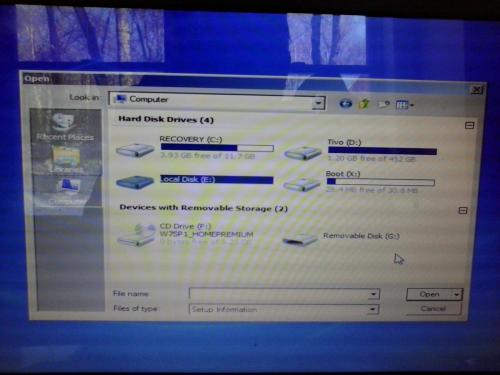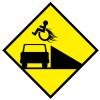Hello all -
I have a Dell Inspirion Laptop with Window 7 Home Premium Installed. Two days ago I get the BSOD with the words "Unmountable Boot Volume" and the following error code: 0x000000ED (0xFFFFFA8006384CD0; 0xAFFFFFFFFC0000185; 0x0000000000000000; 0x00000000000000000)
The drive had two partitions on it, C: and D: (I changed the DVD drive to E:)
System Recovery just runs and run and runs. I let run over night and it is still attempting repairs the next day.
I restart the system and boot into the Command Line. When I go to the Command Line The C: Drive, which should be the Windows Drive, says it is the "Recovery" drive. The D: drive is still listing as normal, so I am somewhat accessing the hard drive.
The X: Drive is suppose to be the "System Restore Drive".
When I do "chkdsk /f /r" on the C: drive I get that everything is OK.
Rebooting brings me back to the BSOD.
I booted the computer from a Ubuntu CD. It says that all of the DVD on the D: Drive is still there and listed under the title I gave to that drive. When I try to access the C: drive it will tell me it is "unable to mount"
If I try to navigate around the C: drive from the command prompt, I can not find anything familiar. I can't find the Windows folder, can't find anything.
I have tried to do a System Restore and it says I have no former restore points (which is odd, since I know I created some)
"Last Know Good Configuration" just brings me back to BSOD.
The C: had NOTHING valuable on it. All of that data was backed up and I can restore it. The data on the D: drive was voluminous (500 gb) and NOT backed up, so if I do a complete wipe of the hard drive I will lose a lot of data. I have no means of backing it up short of purchasing an external hard drive and booting the laptop in Ubuntu and transferring it off. I don't mind losing the data if I have to, but if I can save it, I want to.
There were no odd or erratic behaviors before any of this happened.
Any idea on how I can fix this?








